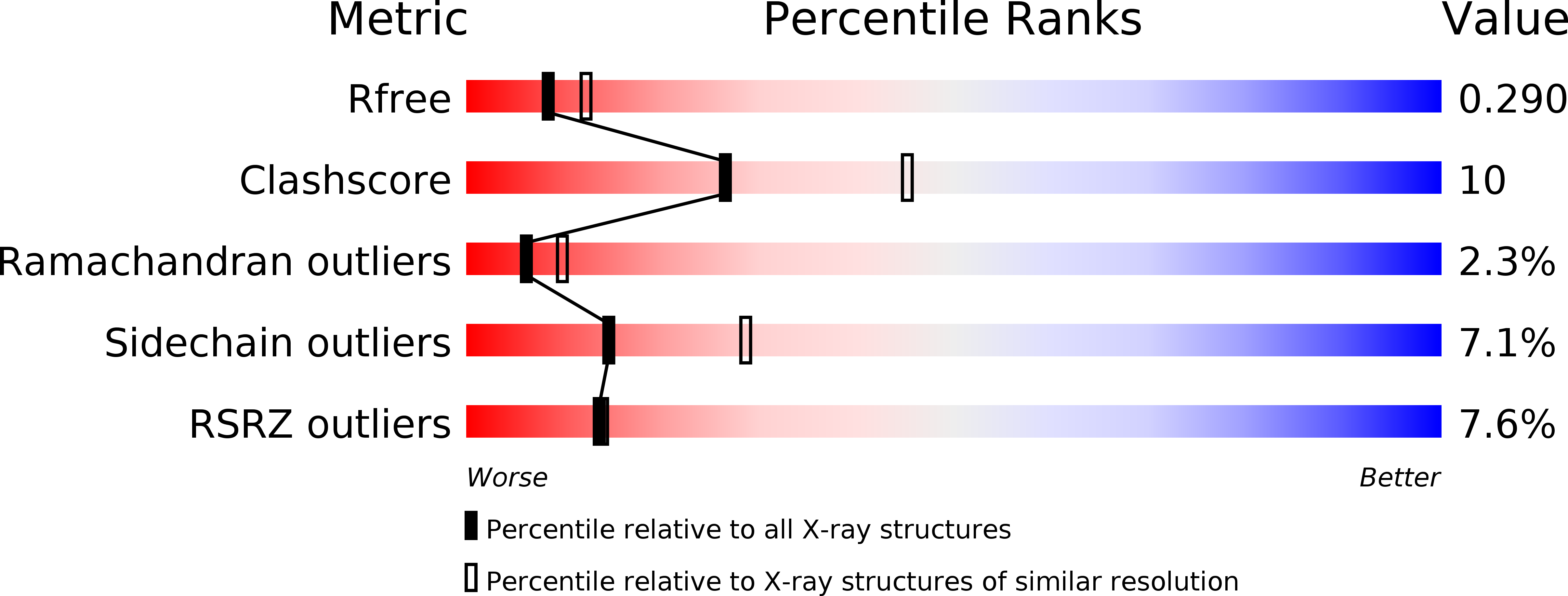
Deposition Date
2019-07-02
Release Date
2019-10-16
Last Version Date
2024-05-15
Entry Detail
PDB ID:
6S6D
Keywords:
Title:
Crystal structure of RagA-Q66L-GTP/RagC-S75N-GDP GTPase heterodimer complex
Biological Source:
Source Organism:
Homo sapiens (Taxon ID: 9606)
Host Organism:
Method Details:
Experimental Method:
Resolution:
2.50 Å
R-Value Free:
0.28
R-Value Work:
0.20
R-Value Observed:
0.21
Space Group:
P 21 21 21


